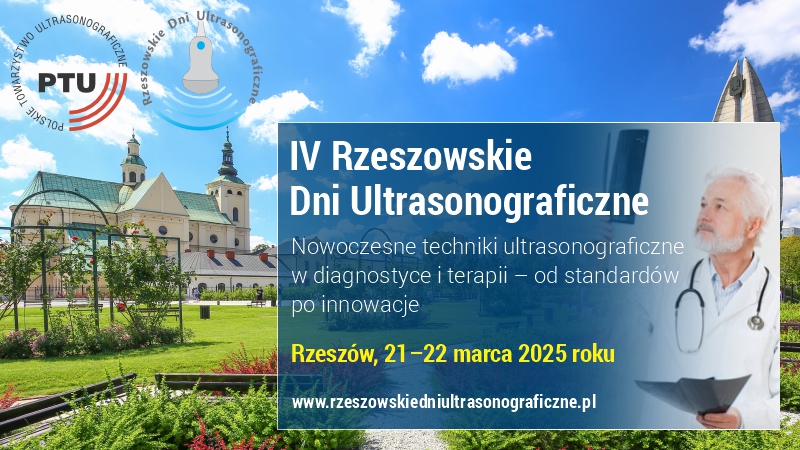Transesophageal echocardiography
Andrzej Szyszka1, Edyta Płońska-Gościniak2
 Affiliation and address for correspondence
Affiliation and address for correspondenceTransthoracic and transesophageal examinations should be considered as mutually complementary. Transesophageal echocardiography is performed in cases of a justified need to visualize structures that are poorly visible or invisible on transthoracic echocardiogram. Primary indications for transesophageal echocardiography include an assessment of cardiac source of embolism, suspected endocarditis, suspected prosthetic valve dysfunction, an assessment of thoracic aorta and other vessels, an assessment prior to valvular repairs and closures of septal defects, intraoperative monitoring of cardiac or percutaneous interventions, ablation, non-diagnostic transthoracic examination, especially in patients after cardiac surgeries. Serious complications after transesophageal examination are very rare. This type of examination should not be performed in patients who consumed a meal 4–6 hours before the test, or when there is a risk of esophageal perforation and massive gastrointestinal bleeding. The test should be performed in an appropriately accredited laboratory and by a cardiologist with an individual accreditation. Transesophageal echocardiography may be performed in an outpatient setting. It should be recorded using the available media. The description should include comprehensive answers to questions in the referral. Transesophageal examination requires patient consent. It is performed using a multiplanar probe, which ensures the best conditions for imaging of the heart and the thoracic aorta. First of all, the reason for referral should be diagnosed. Depending on the setting depth, the following views may be distinguished: low transesophageal view (the probe is advanced approximately 30 cm from the teeth), mid transesophageal view (the probe is advanced approximately 30 cm from the teeth), high transesophageal view (the probe is advanced approximately 25–30 cm from the teeth), transgastric subcardiac view (the probe is advanced approximately 35–40 cm from the teeth), transgastric five-chamber view (the probe is advanced deeper than in the subcardiac view and with a stronger anterior flexion of the probe, aortic (the probe should be rotated at about 180°).






